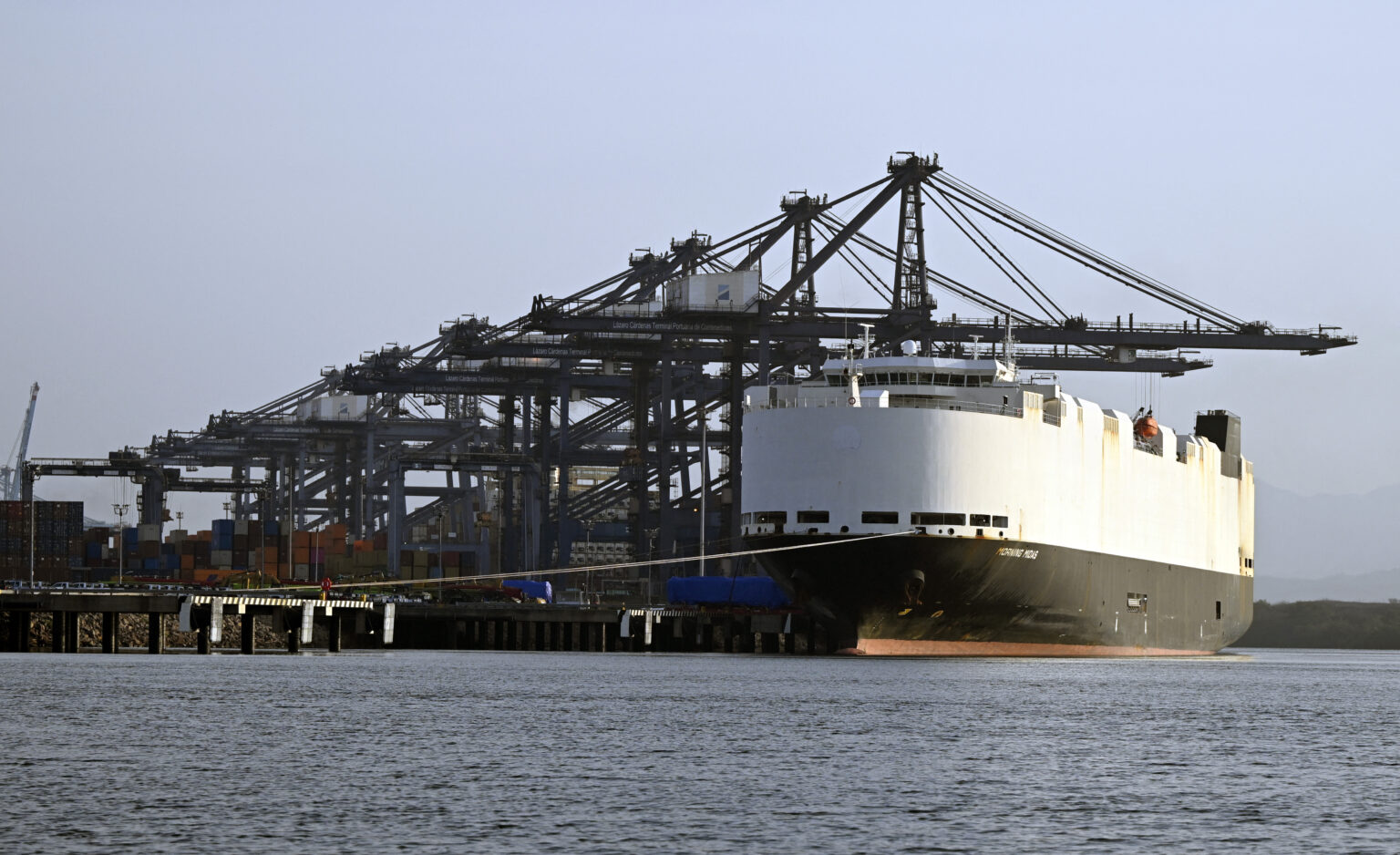Intense Cargo Ship Blaze Highlights Growing Risks of Electric Vehicle Transportation
This week, a significant fire erupted aboard a cargo vessel transporting hundreds of electric vehicles (EVs), demonstrating the escalating safety challenges associated with the shipping of electric-powered cars. The incident, which occurred mid-ocean, resulted in the evacuation of the crew after the ship’s firefighting system depleted its carbon dioxide supply, allowing the flames to reignite and persist.
Details of the Incident and Current Status
The vessel, named the Morning Midas, was navigating the Pacific Ocean approximately 1,200 miles northwest of Anchorage when crew members detected smoke emanating from a section of the ship designated for EV storage. According to a statement from Zodiac Maritime, the London-based company managing the vessel, the ship was carrying an estimated 3,000 vehicles, including around 800 electric cars.
Despite efforts to extinguish the fire, it reignited after the ship’s CO2-based fire suppression system was exhausted. Steve Roth, spokesperson for the U.S. Coast Guard, confirmed that the vessel remained engulfed in flames as of late Wednesday morning. A rescue tug has been dispatched to assist in salvage operations, and all crew members are reported safe and unharmed.
Electric Vehicles and the Rising Fire Hazard
This incident underscores a troubling trend: electric vehicles are increasingly associated with severe fires, posing persistent safety and public relations concerns for the EV industry. The unique composition of EV batteries, primarily lithium-ion cells, makes them particularly difficult to extinguish once ignited.
Why EV Fires Are Difficult to Control
Experts explain that battery fires tend to propagate rapidly due to the intense heat generated within individual cells, which then spreads to neighboring batteries. Traditional firefighting methods, such as foam or small quantities of water, often prove ineffective. Instead, these fires require specialized approaches to cool the batteries and prevent further escalation.
In the case of the Morning Midas, the use of CO2 was intended to starve the fire of oxygen, thereby halting its spread. However, this method does not address the core issue of battery overheating. Moreover, there is a risk of chain reactions, where one battery ignites others, creating a domino effect that complicates firefighting efforts.
The Scale of the Challenge
According to fire safety specialists, extinguishing a single lithium-ion EV fire can require as much as 10,000 gallons of water. When multiplied across hundreds of vehicles, the challenge becomes even more daunting-potentially risking the vessel’s sinking before the fire is fully contained. This highlights the need for more effective firefighting strategies tailored specifically to EV-related incidents.
Broader Context and Industry Implications
The Morning Midas fire marks at least the third recent maritime incident involving vehicle carriers. In 2022, a cargo ship was abandoned in the Atlantic after a blaze consumed luxury cars onboard, with all crew members safely evacuated. Another incident in 2023 resulted in one fatality and six injuries aboard a vessel carrying nearly 3,000 vehicles, further emphasizing the growing safety concerns surrounding EV transportation by sea.
Moving Forward: Safety Measures and Industry Response
As electric vehicles become more prevalent, the shipping industry faces increasing pressure to develop robust safety protocols. Innovations in fire suppression technology, better cargo segregation, and enhanced emergency response procedures are critical to mitigating these risks. The ongoing incidents serve as a stark reminder that the rapid growth of EVs must be matched with equally advanced safety measures to prevent future tragedies at sea.

